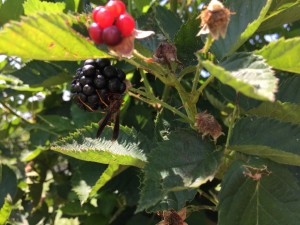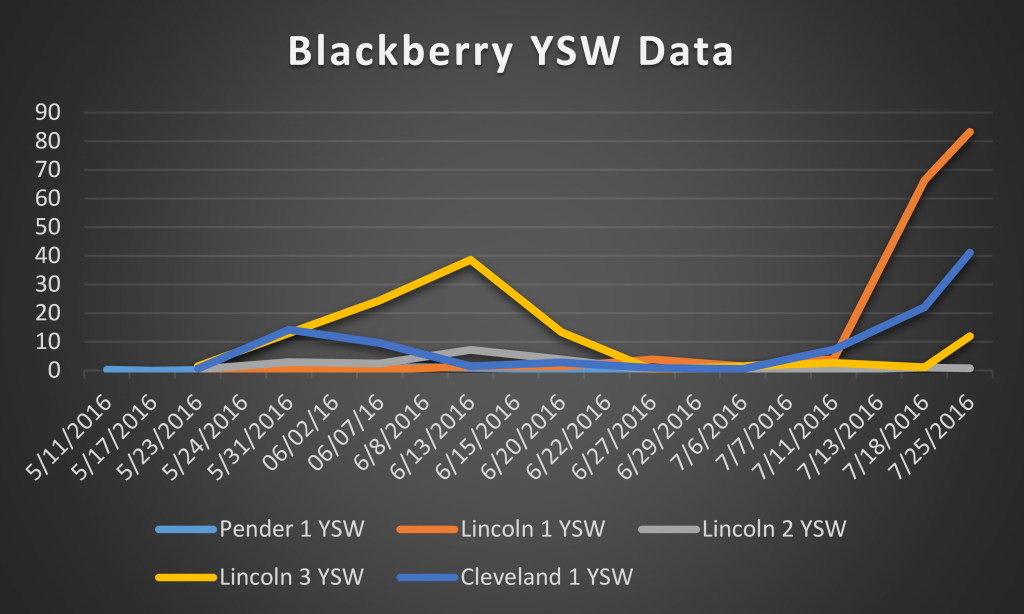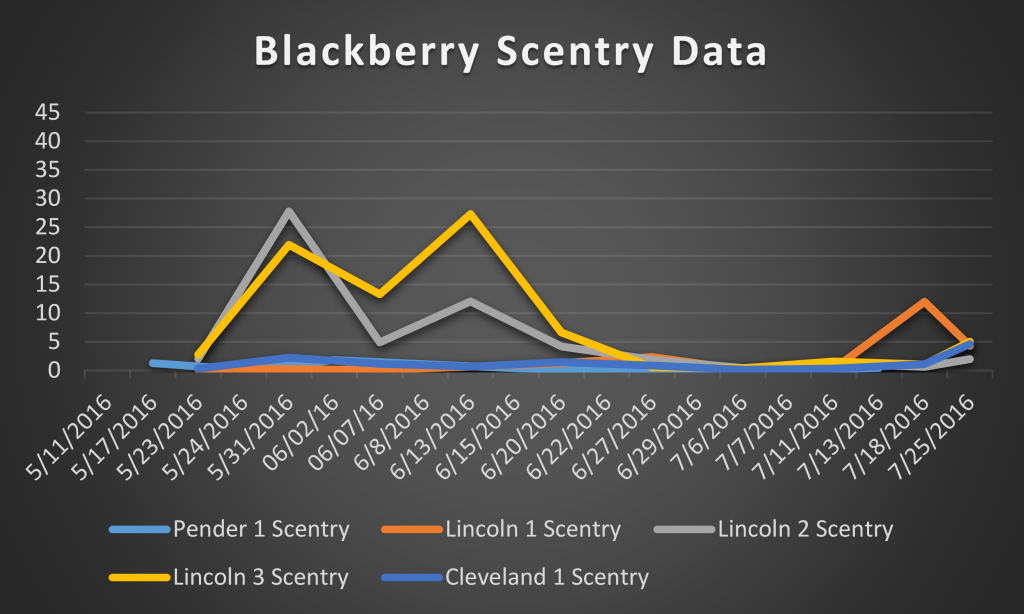Spotted Wing Drosophila Monitoring Report August 12, 2016
go.ncsu.edu/readext?421475
en Español / em Português
El inglés es el idioma de control de esta página. En la medida en que haya algún conflicto entre la traducción al inglés y la traducción, el inglés prevalece.
Al hacer clic en el enlace de traducción se activa un servicio de traducción gratuito para convertir la página al español. Al igual que con cualquier traducción por Internet, la conversión no es sensible al contexto y puede que no traduzca el texto en su significado original. NC State Extension no garantiza la exactitud del texto traducido. Por favor, tenga en cuenta que algunas aplicaciones y/o servicios pueden no funcionar como se espera cuando se traducen.
Português
Inglês é o idioma de controle desta página. Na medida que haja algum conflito entre o texto original em Inglês e a tradução, o Inglês prevalece.
Ao clicar no link de tradução, um serviço gratuito de tradução será ativado para converter a página para o Português. Como em qualquer tradução pela internet, a conversão não é sensivel ao contexto e pode não ocorrer a tradução para o significado orginal. O serviço de Extensão da Carolina do Norte (NC State Extension) não garante a exatidão do texto traduzido. Por favor, observe que algumas funções ou serviços podem não funcionar como esperado após a tradução.
English
English is the controlling language of this page. To the extent there is any conflict between the English text and the translation, English controls.
Clicking on the translation link activates a free translation service to convert the page to Spanish. As with any Internet translation, the conversion is not context-sensitive and may not translate the text to its original meaning. NC State Extension does not guarantee the accuracy of the translated text. Please note that some applications and/or services may not function as expected when translated.
Collapse ▲We presented our final blueberry monitoring data last week, so this week, we shift to presenting blackberry trap captures only.
Floricane fruiting blackberries are reaching the end of harvest, and the majority of the fruit available is overripe, not ideal for Spotted Wing Drosophila (SWD). The rises we are seeing at the Cleveland 1 and Lincoln 3 sites may be due to this. However at Lincoln 1, we are trapping in primocane fruit blackberries, and the population was building before field management efforts began. The blackberries at Lincoln 1 have only just begun to be available within the last couple of weeks.

As the fruit becomes overripe, it becomes more attractive to insects such as wasps, which are then seen more frequently in the fields. Photo: Grant Palmer.
The average number of total (male and female) SWD captured per site per day are presented in the figures below. YSW refers to traps baited with “yeast/sugar water”, and Scentry refers to traps with Scentry lures.
We are monitoring a total of five blackberry fields, and first checked traps on May 17, 2016. SWD trap captures are generally higher in blackberry fields as compared to blueberry fields.
Data is continually processed and will be updated weekly as it becomes available.
We will be looking to see a sudden decline in Lincoln 1 YSW trap captures similar to the drops seen at the other research locations.
More information




